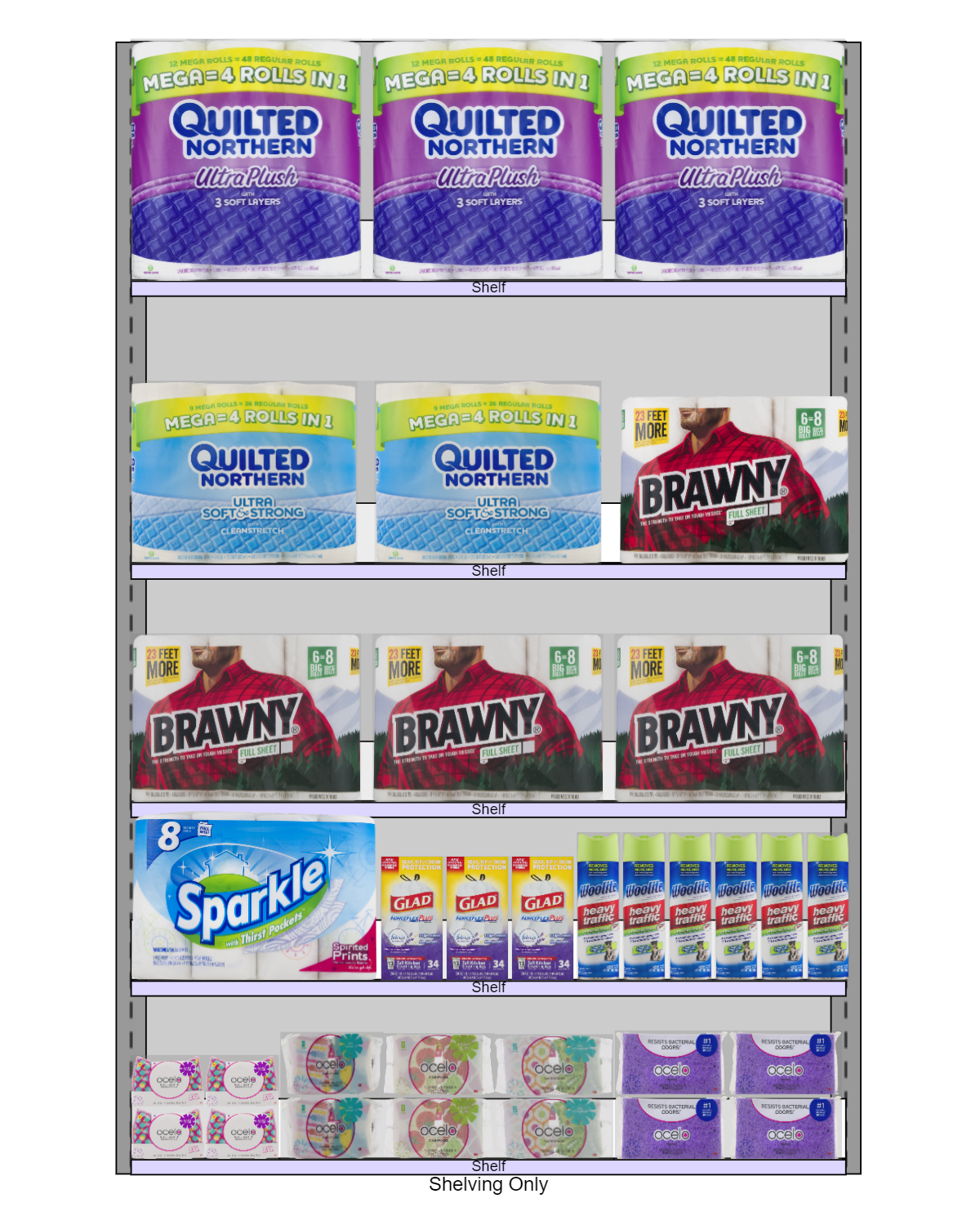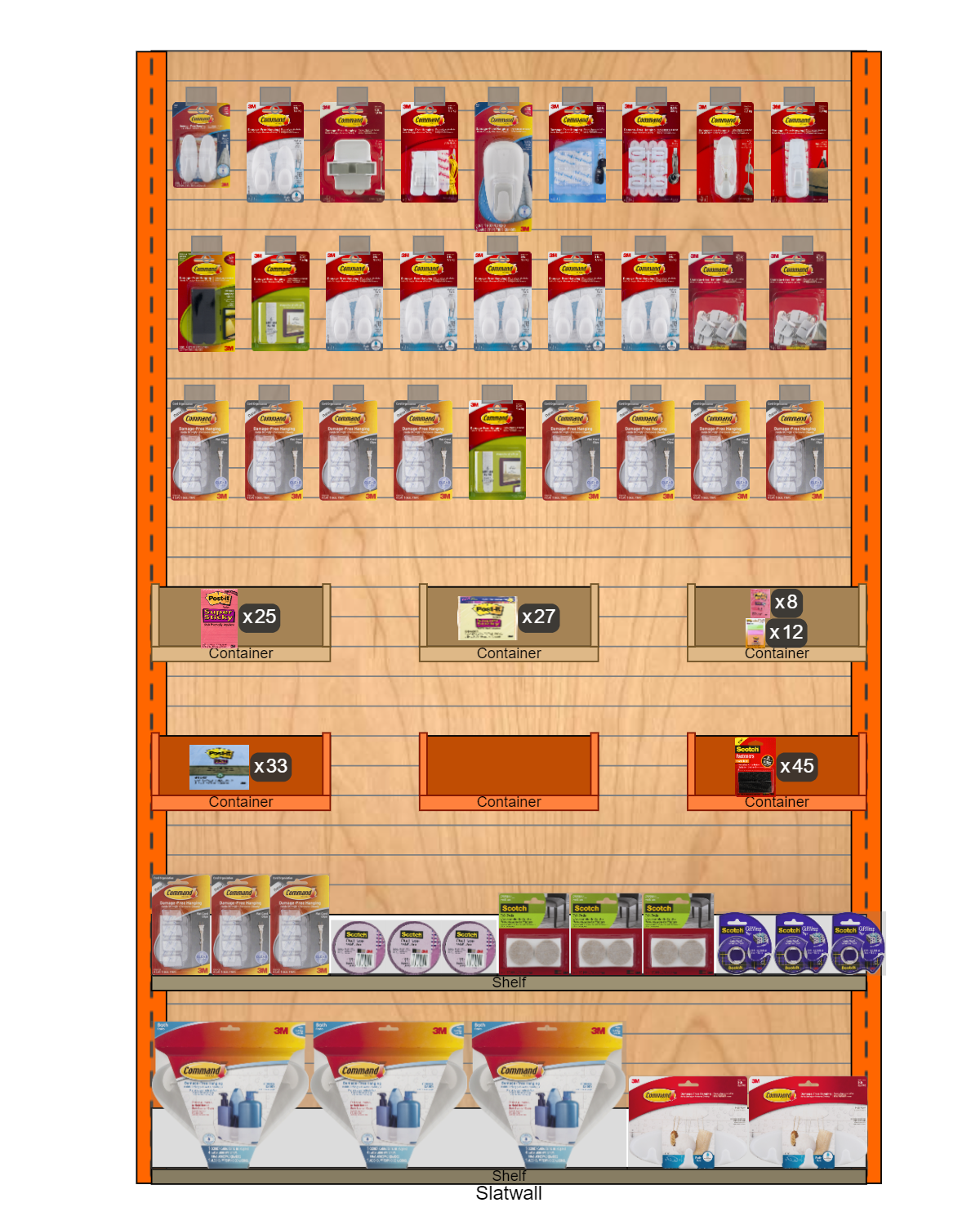Maximizing Shelf Space in Retail
Efficiently managing shelf space is a critical aspect of retail success. An organized and visually appealing display not only attracts customers but also enhances their shopping experience. Achieving the perfect balance between product variety and availability can be challenging, but it's essential for retailers to maximize their revenue potential. Planograms play a pivotal role in optimizing shelf space as well as communication between team members in planogram execution and compliance.
The Power of Planograms

Planograms are visual merchandising tools that offer a structured layout for organizing products on store shelves. They serve as a roadmap for arranging products in a way that maximizes sales, improves customer navigation, and enhances the overall store aesthetic. Here's how planograms can help optimize shelf space:
- Product Placement: Planograms provide precise instructions on where each product should be placed on the shelf. By strategically positioning high-demand items at eye level and complementary products nearby, retailers can increase sales and encourage cross-selling.
- Space Efficiency: Planograms ensure that shelf space is used efficiently, minimizing wasted space and reducing clutter. This enables retailers to offer a broader product assortment without overcrowding the shelves.
- Seasonal Adjustments: Retailers can easily adapt to seasonal changes by updating planograms to feature relevant products. This flexibility allows for timely promotions and a constantly refreshed shopping experience.
Effective Team Communication for Planogram Success
The successful execution and compliance of planograms depend heavily on effective communication between team members. Here's why it matters:

- Collaboration: Cross-functional collaboration between visual merchandisers, store managers, and stockroom teams is crucial. Everyone involved should be aware of the planogram and their role in implementing it.
- Clear Instructions: Ensure that planograms are easy to understand, with clear product placement guidelines and instructions. Ambiguity can lead to misinterpretation and errors. Using a planogramming software that allows users to export placement reports with data and/or images about product locations (such as GoPlanogram) is a good practice.
- Training: Invest in training for employees responsible for planogram execution. Well-trained staff are more likely to adhere to planogram instructions and maintain the desired store appearance.
- Regular Updates: Communication should be ongoing. Regularly update team members on changes to planograms, product launches, and promotions to keep everyone on the same page.
GoPlanogram: The Solution for Efficient Shelf Space Optimization
To facilitate the efficient use of planograms and streamline communication between team members, consider using GoPlanogram. This user-friendly software offers the following benefits:
- Easy, Drag and Drop Planogram Creation: GoPlanogram simplifies the process of creating planograms, allowing retailers to design and modify layouts effortlessly.
- A Collaboration Design: Users are empowered to communicate and share planograms seamlessly, allowing for rapid iteration and feedback.
- Accessibility: GoPlanogram can be accessed from any device with an internet connection, making it convenient for on-the-go adjustments and real-time updates.
- Cost-Effective: GoPlanogram offers affordable licensing options, making it accessible to retailers of all sizes.




Efficiently optimizing shelf space in retail requires the strategic use of planograms and effective team communication. By using planograms, retailers can improve product placement, space efficiency, and adaptability to seasonal changes. To enhance planogram execution and compliance, consider investing in GoPlanogram software, which simplifies the process, promotes collaboration, and offers cost-effective solutions. Take a step towards maximizing your retail success and try a free demo of GoPlanogram today.
To get started with GoPlanogram today, click here to get in touch.